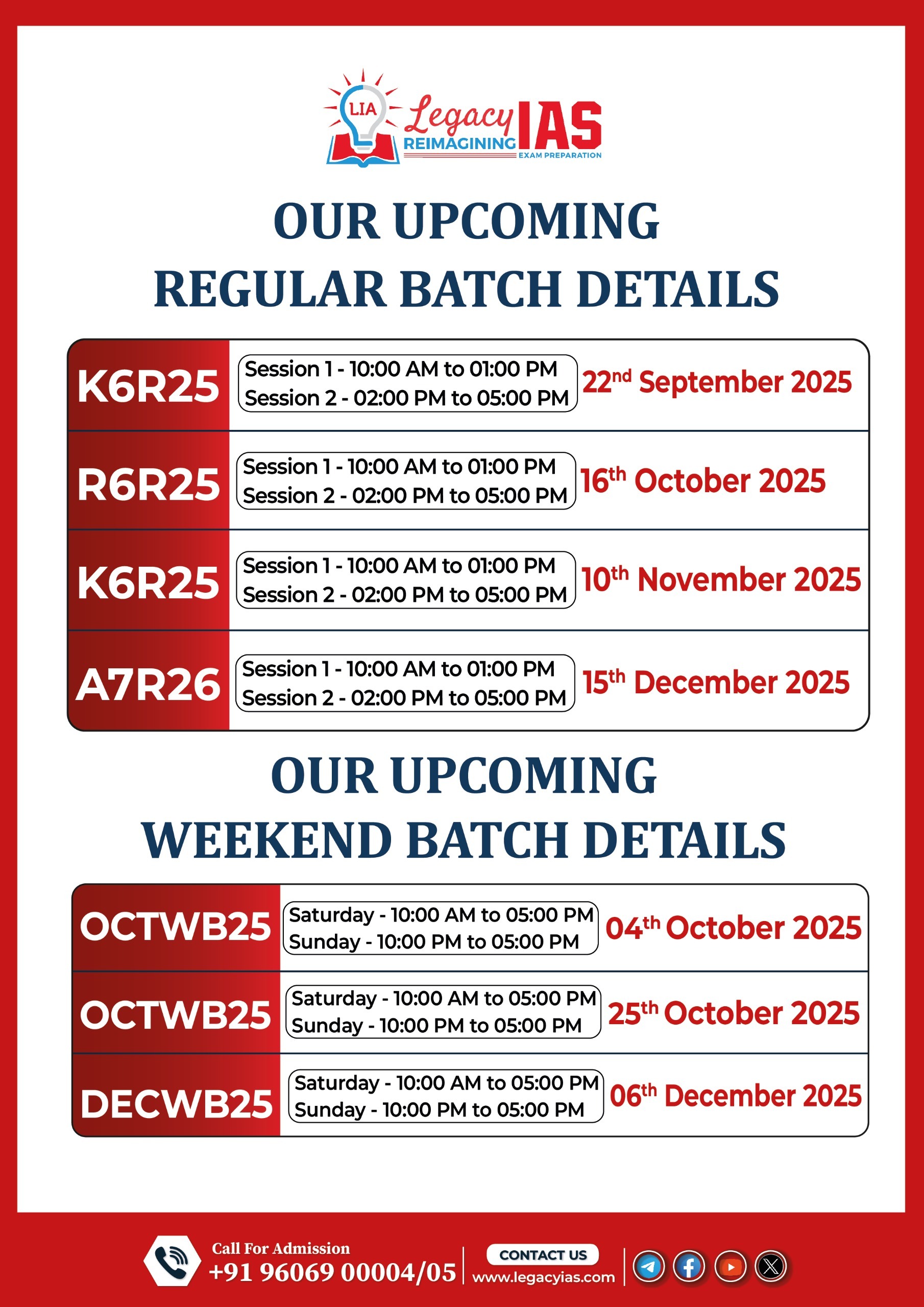Basics
- Tariff: A tax imposed by a government on imports (can be ad valorem, specific, or mixed).
- Purpose: Protect domestic industries, correct trade imbalances, or exert geopolitical leverage.
- Impact: Makes foreign goods costlier → reduces competitiveness → hits exporters.
Relevance: GS II (International Relations – India–U.S. Relations, WTO) + GS III (Economy – Trade Policy, Protectionism vs Free Trade)
The 2025 U.S. Move
- Decision: U.S. doubled tariffs to 50% on a wide range of Indian exports.
- Scale: $87.3 billion worth of Indian exports to U.S. in 2024; $48–55 billion now directly at risk.
- Sectors hit hardest (labour-intensive, job-creating):
- Gems & jewellery: ~$10B (25% of exports go to U.S.).
- Textiles & apparel: ~$8B (70% destined to U.S.).
- Agriculture: ~$6B (rice, spices, seafood, niche agri-products).
- Leather & footwear: ~$3B.
- Exporters rushed to fulfill orders before tariffs took effect (July 2025: jewellery exports +16%, lab-grown diamonds +27.6%).
Why This Matters
- Economic shock: Job-intensive sectors risk losing U.S. market share to cheaper suppliers (e.g., Bangladesh, Vietnam).
- Value chain disruption: India’s traditional export strengths undermined.
- Perception issue: Seen as a setback after decades of building a “strategic, multi-faceted” U.S.-India relationship.
Areas Unaffected / Thriving
- Pharmaceuticals: $50B industry, $3.7B exports in H1 2025; exempt from tariffs. India supplies 40% of U.S. generics.
- Services & IT: $387.5B trade in FY 2024–25; $33.2B to U.S. → remains strong (IT, BFSI, consulting).
- Defence & Security: Joint exercises, co-production, technology transfers, intelligence sharing continue.
- Energy & Climate: LNG imports, renewable partnerships, green hydrogen cooperation unaffected.
- Space & Innovation: NASA–ISRO projects, digital innovation partnerships expanding.
- Aviation: Boeing orders, airport modernization projects remain robust.
Strategic Dimension
- Beyond tariffs:
- Diaspora: 4.8M Indian-origin population; >150 Indian-origin CEOs in global corporations.
- Students: >200,000 Indians in U.S. universities, contributing to talent & innovation pipelines.
- Soft power: Indian festivals in U.S. politics & culture reinforce people-to-people trust.
- Resilience of ties: Survived Cold War suspicion, sanctions, past trade disputes → trust, not tariffs, defines partnership.
India’s Possible Responses
- Short-term:
- Diversify markets (Africa, Latin America, Indo-Pacific).
- Speed up order completion to minimize immediate losses.
- Medium-term:
- Strengthen domestic resilience: move up value chain, invest in design & branding (esp. textiles & jewellery).
- Innovate supply chains to reduce U.S. dependence.
- Long-term:
- Persist in “hardware diplomacy” (defence, energy, tech) while tariffs dominate “trade headlines.”
- Leverage diaspora & people-to-people ties as the “software” of U.S.-India relations.
- Push for WTO-compatible dispute resolution if tariffs violate norms.
Way Forward
- Balanced strategy: Protect vulnerable sectors (MSMEs in textiles, gems, leather).
- Proactive diplomacy: Use 2+2 dialogue & Quad to negotiate trade relief.
- Atmanirbhar Bharat push: Reduce vulnerability to sudden external shocks.
- People-first diplomacy: Use diaspora and education linkages as stabilizers.



